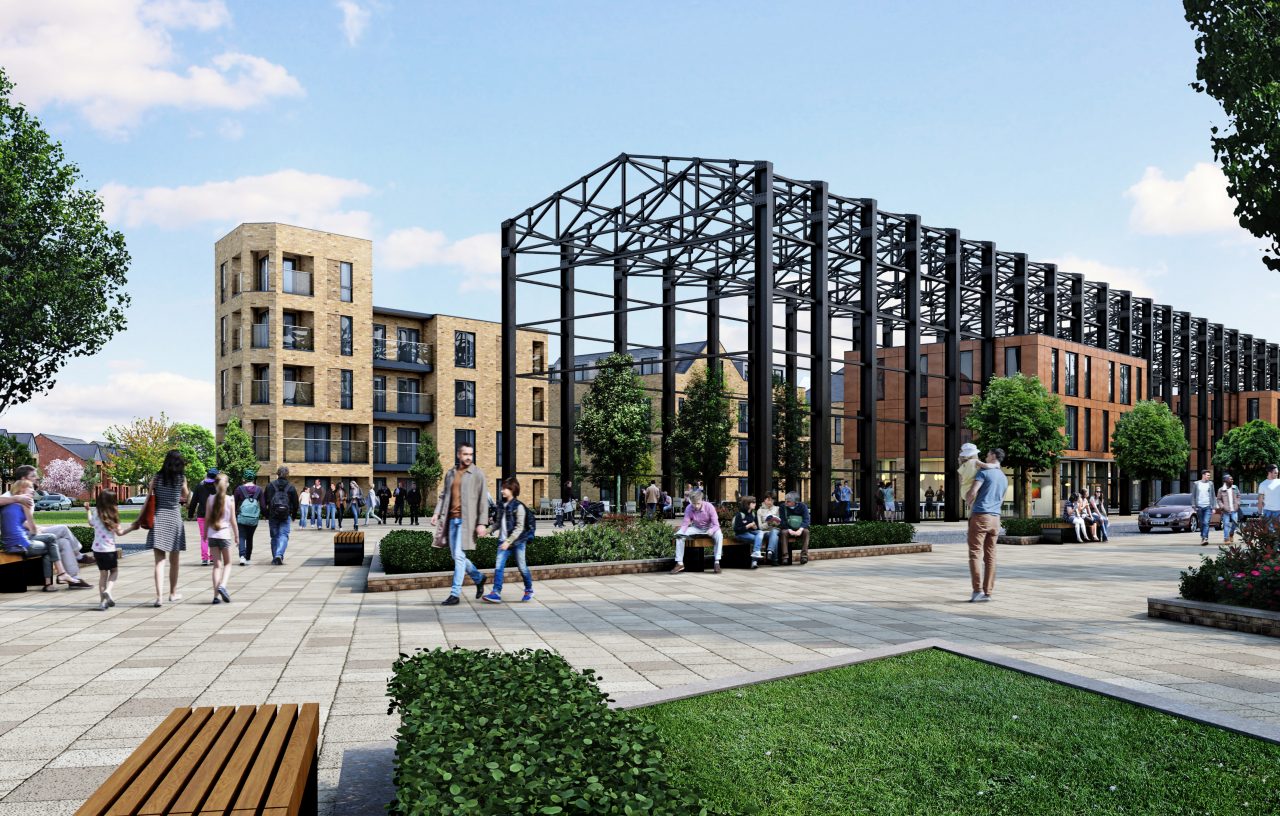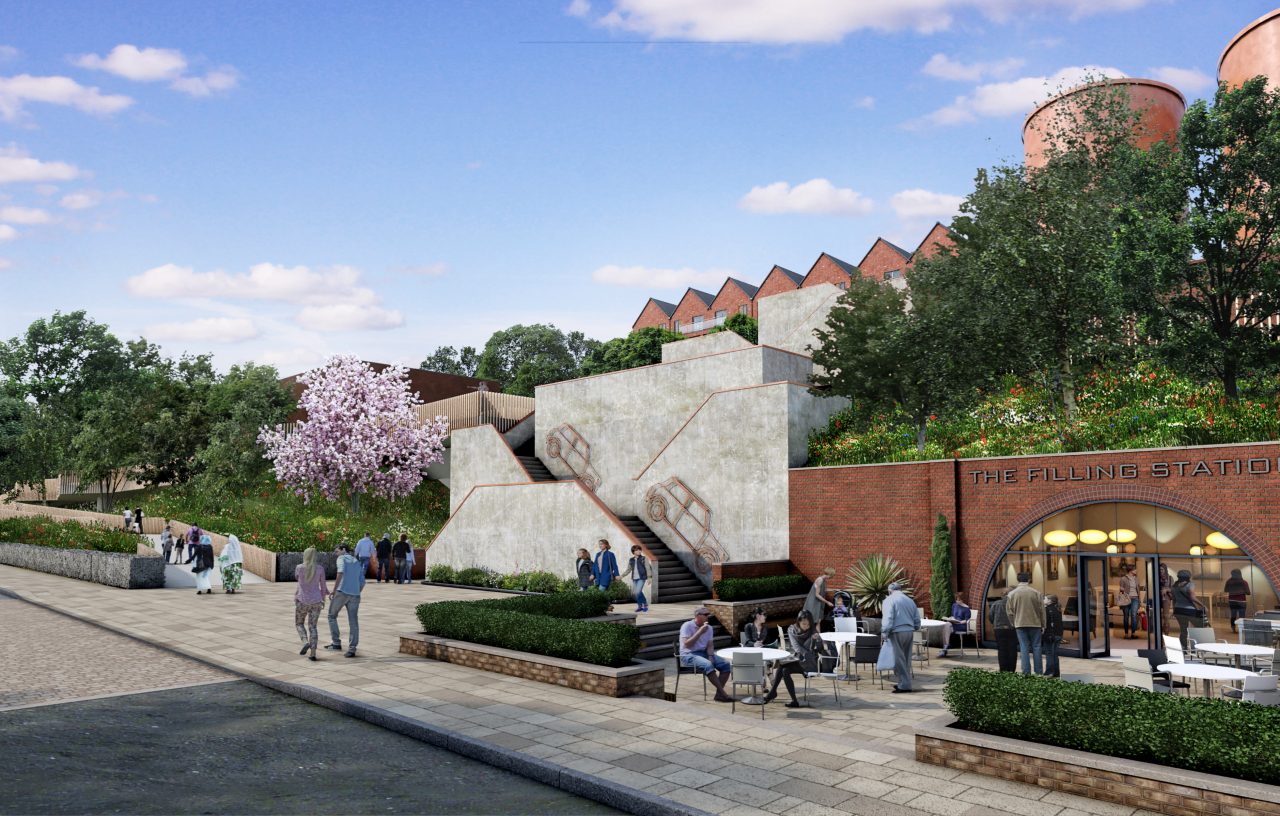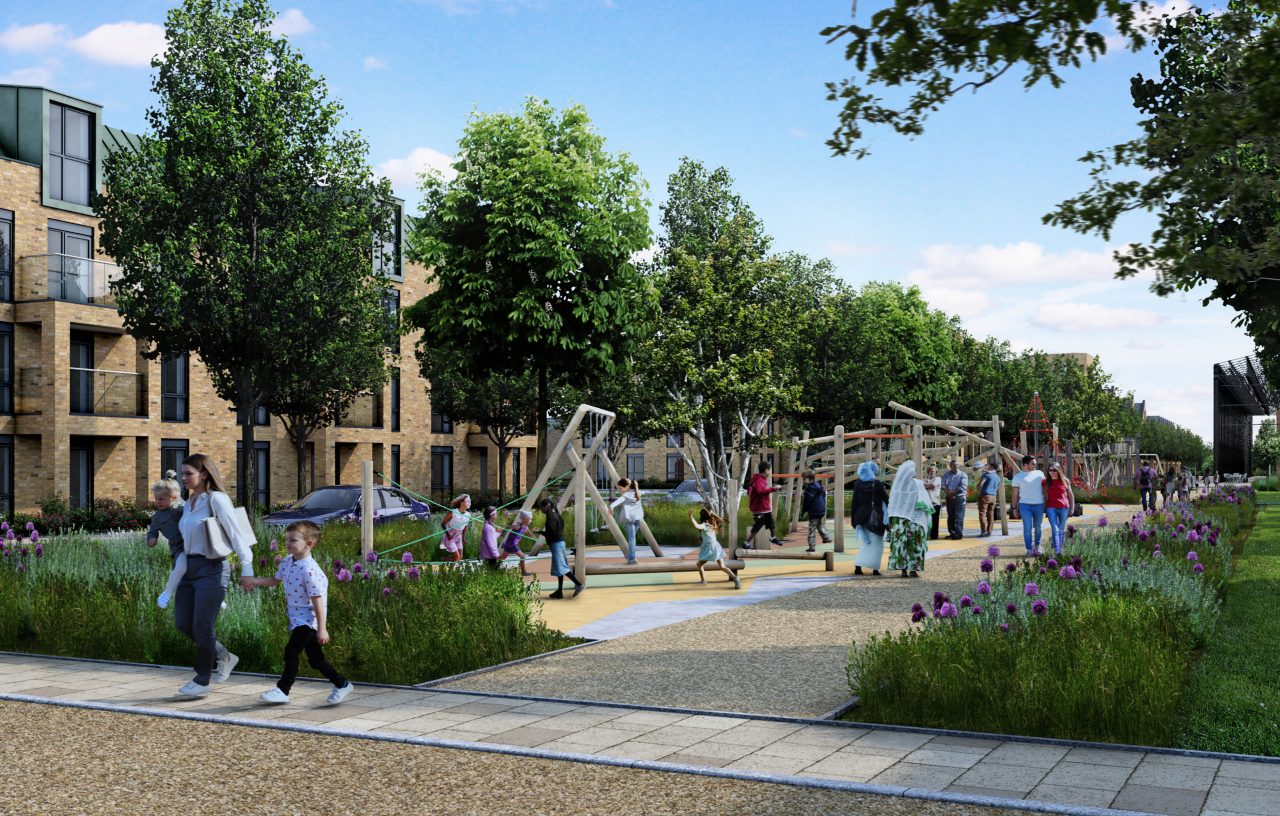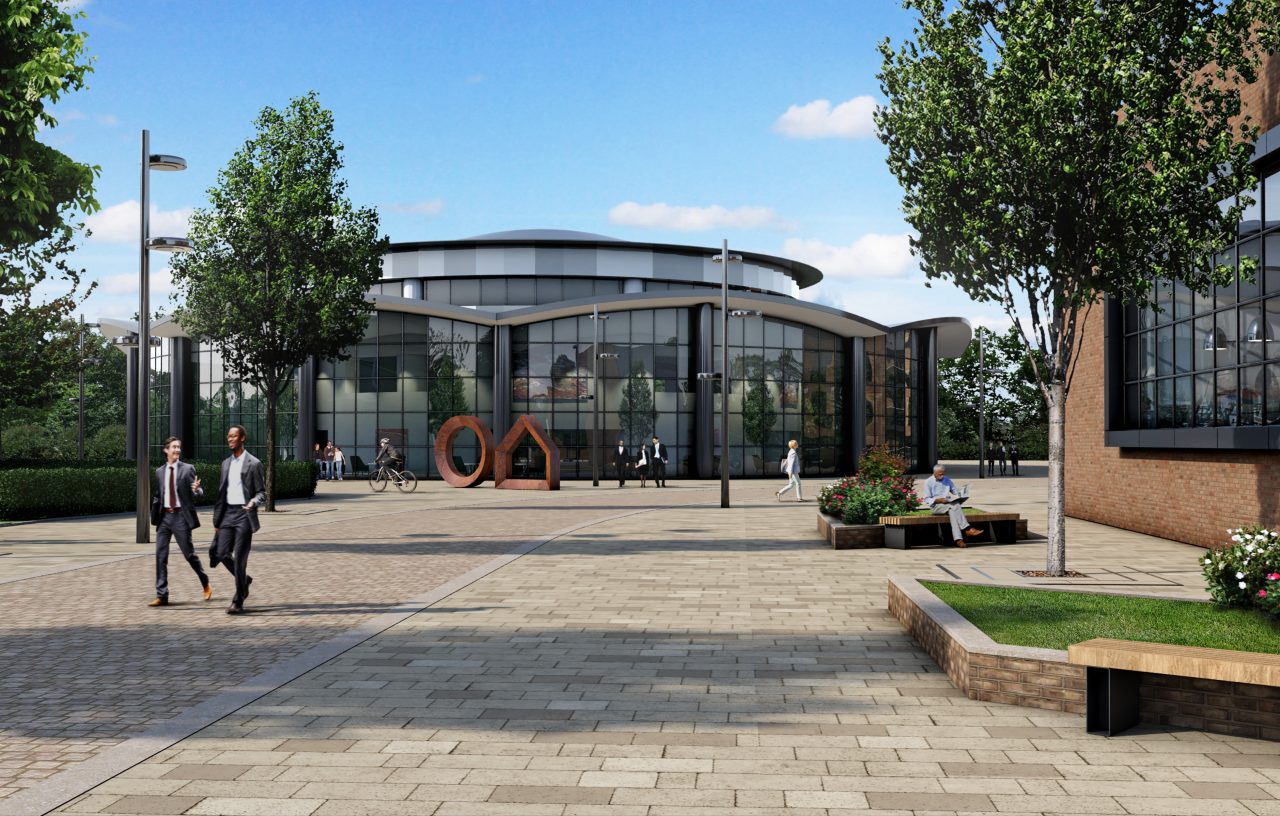History
Over the course of its 125-year history, Longbridge has made a significant contribution to the world as we know it.
The first non-agricultural use of the Longbridge site came in 1895, when the Birmingham copper plate printing company of White and Pike Ltd decided to diversify their operation to include the printing and manufacture of tin boxes. A factory was built on the site of what will shortly become One Park Square. Unfortunately, their venture was unsuccessful and the factory closed in 1901.
Four years later, an enterprising young man named Herbert Austin was looking for a suitable factory for his new endeavour, The Austin Motor Company Ltd. Austin paid the princely sum of £7,500 and hurriedly built his first car at Longbridge in just two weeks, ready for exhibition at the 1905 Motor Show. Firm orders were placed and Longbridge’s life of car manufacture began.
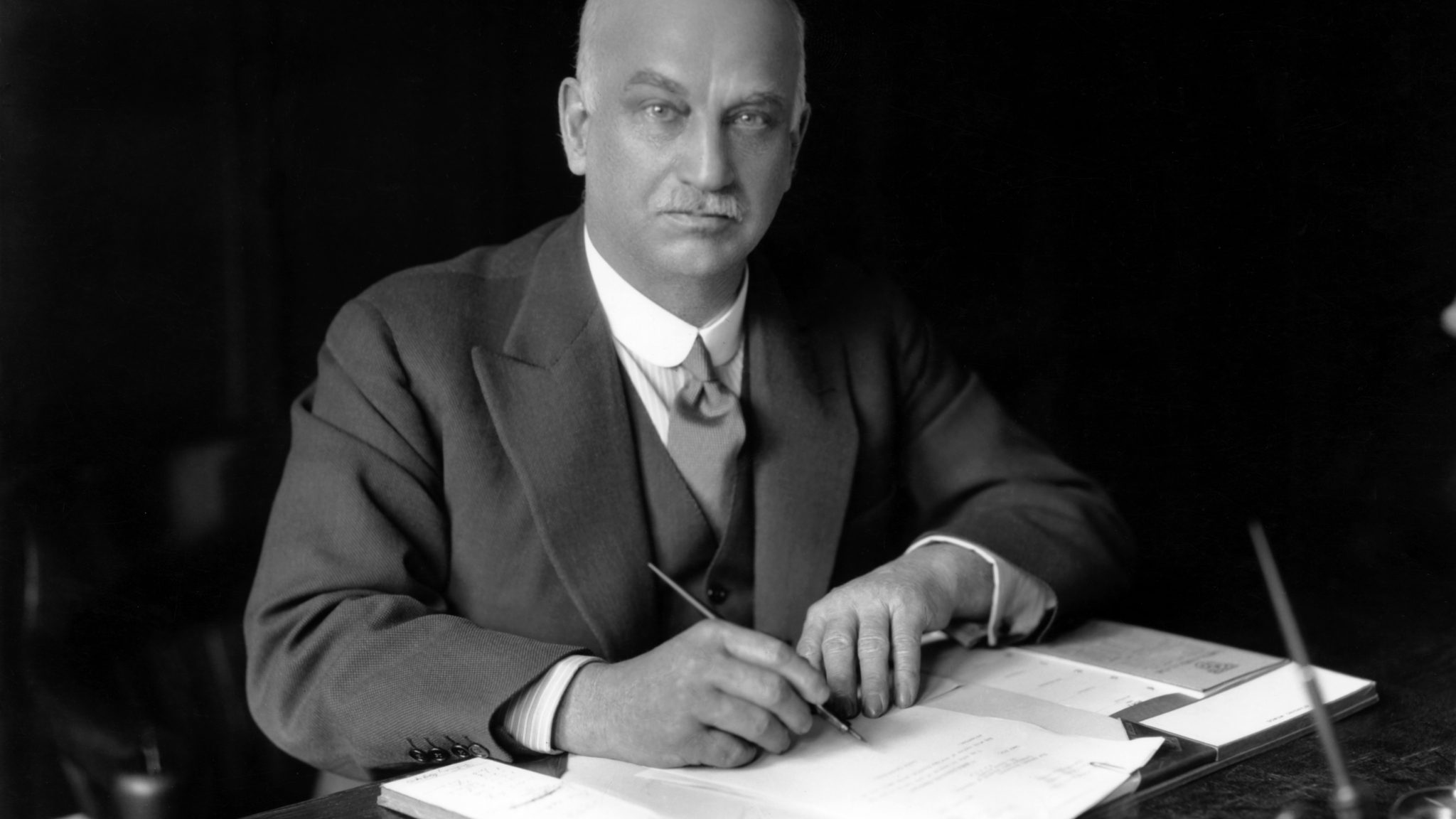
By 1906, they were making four cars a week, but Austin’s plans were far grander than that, and a sustained period of expansion took place over the next decade, doubling the size of the works.
The outbreak of World War 1 saw Longbridge’s footprint extend across the Bristol Road, with a new factory paid for by the Government as part of the war effort. Longbridge duly did its part, and over 8,000,000 shells were produced along with 650 guns, 2,000 aeroplanes, 2,500 aero engines and 2,000 trucks. In recognition of this, Herbert Austin was knighted in 1917.
Following the armistice, Longbridge returned to car manufacture, and in 1922 launched the Austin Seven. Nicknamed the ‘Baby Austin’, it became a hugely successful British equivalent of the Model T Ford, replacing most other small cars and cyclecars of the early 1920s.
World War 2 again saw Longbridge pressed into action, producing a staggeringly diverse array of items, including ammunition, heavy artillery shells, helmets, lifeboat engines and trucks. Over 3,000 aircraft including Hurricane fighters and Lancaster bombers were also built in an underground shadow factory, known as The Aero.
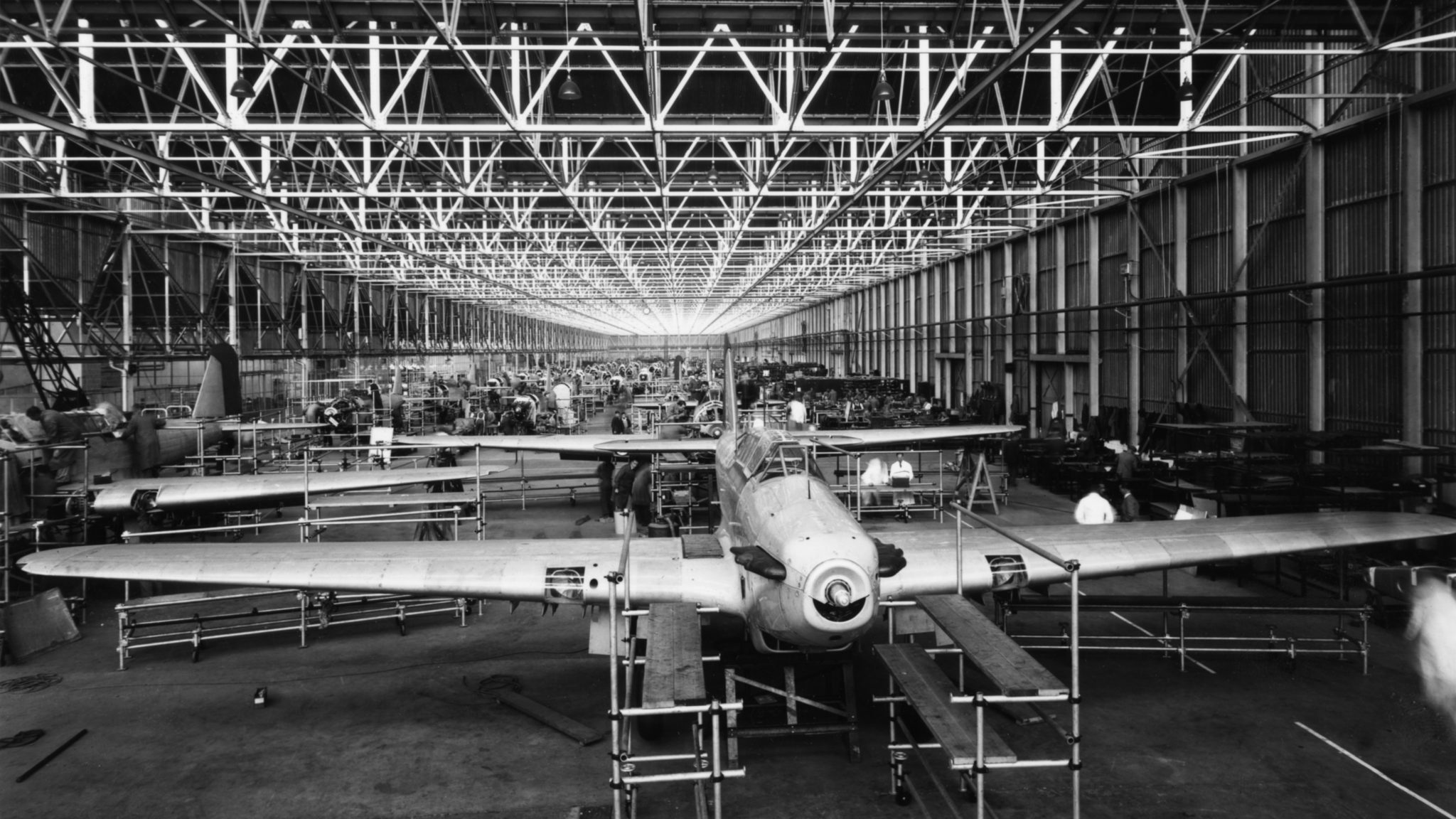
By 1946, Austin had made its millionth car, and a period of rapid growth ensued. In 1952, Austin and Morris Motors merged to form the British Motor Corporation, and seven years later Longbridge achieved perhaps its crowning glory.

The brainchild of car designer Sir Alec Issigonis, the Morris Mini Minor – or Mini as it would later be known – became an instant hit. It was a truly classless car, loved by everyone from suburban mums to The Beatles and Steve McQueen. Such was its popularity that Longbridge’s little miracle continued to be built at the factory for a further 40 years.
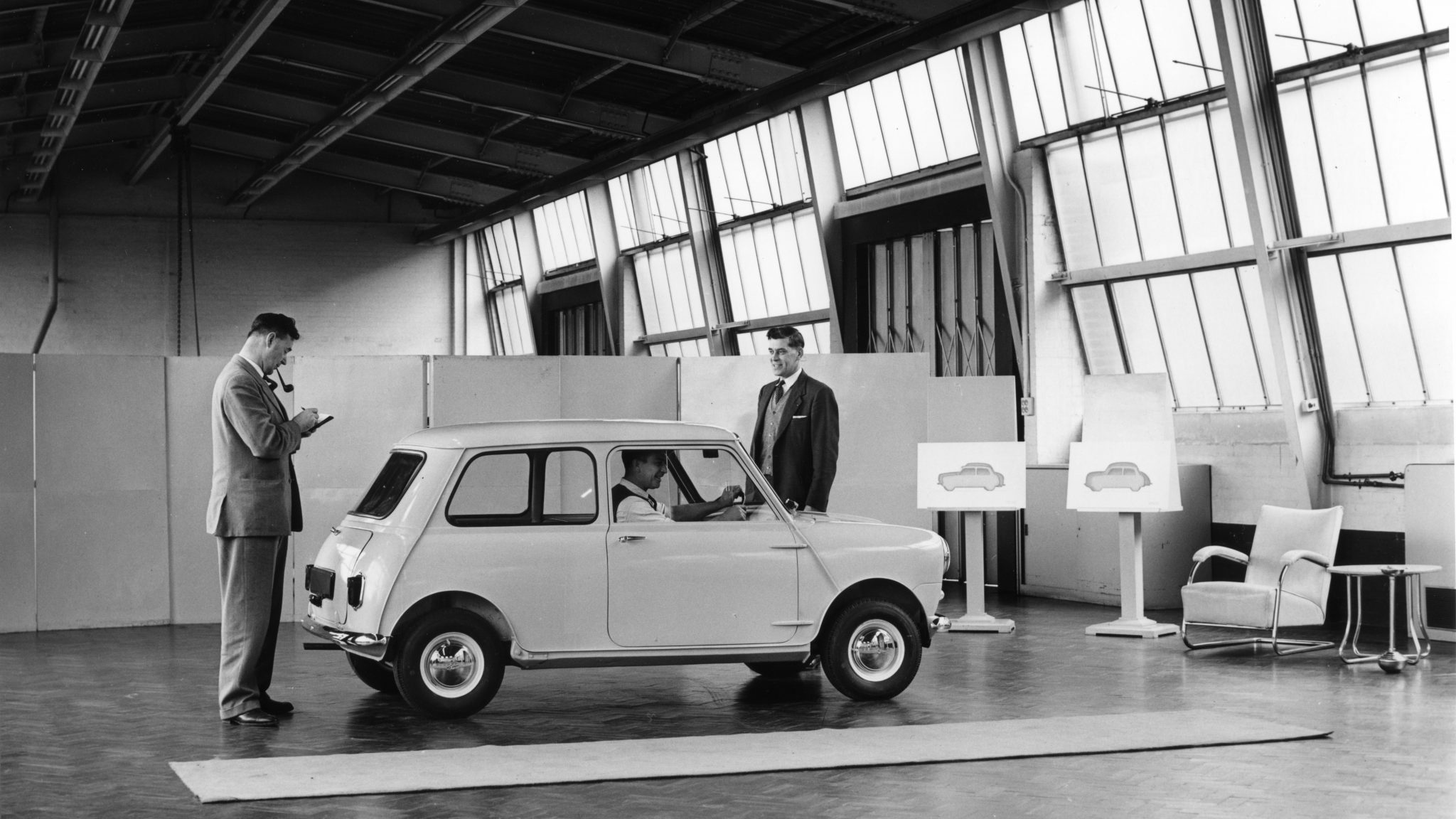
In 1968, BMC was amalgamated into British Leyland, but the 1970s saw strikes severely affect production at Longbridge. Despite the success of the Mini Metro in the 1980s, the writing was on the wall.
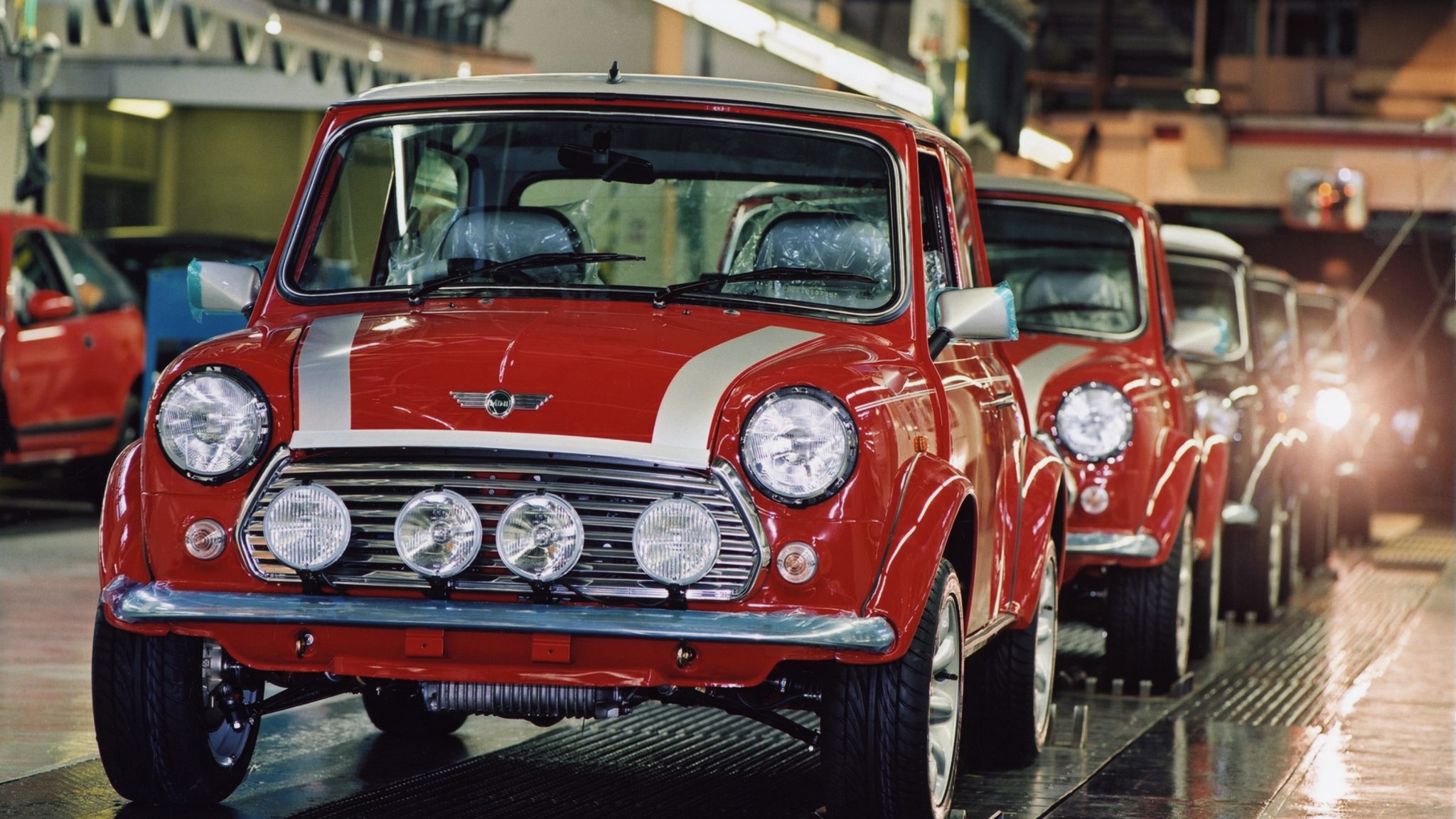
Thus followed a bewildering series of name changes and acquisitions; in 1986, Austin Rover became known as the Rover Group, which was then sold to British Aerospace in 1988, to BMW in 1994, and to the Phoenix Consortium in 2000. The new company went into administration in 2005, making 6,000 people redundant.
Despite attempts to revitalise the plant, on 23 September 2016, MG announced that all car production had ceased at Longbridge.
But, rather than being the end of Longbridge, it ushered in a new era of prosperity. In 2005, St. Modwen and its partners had set to work reinvigorating the site, with a vision of building a sustainable community and lasting legacy for Longbridge based on shared community values and innovation.
The positive impact on the site in the last 15 years speaks for itself.
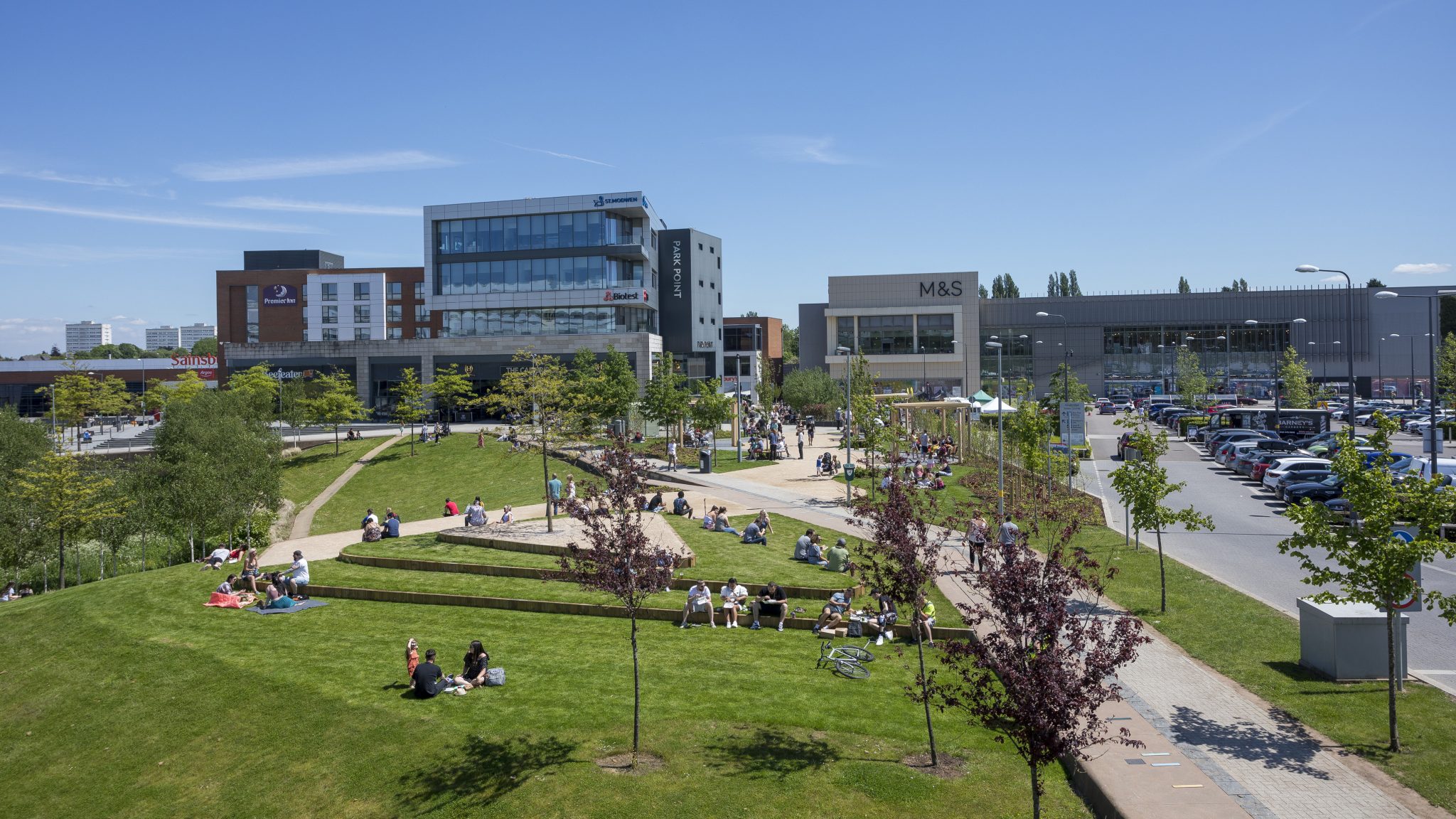
The future of Longbridge builds on its heritage, with work underway to transform the remaining areas of the former plant. A further 7,500 new jobs, 1,400 new homes and over 40 acres of amazing green space will be created in addition to what has been achieved so far.
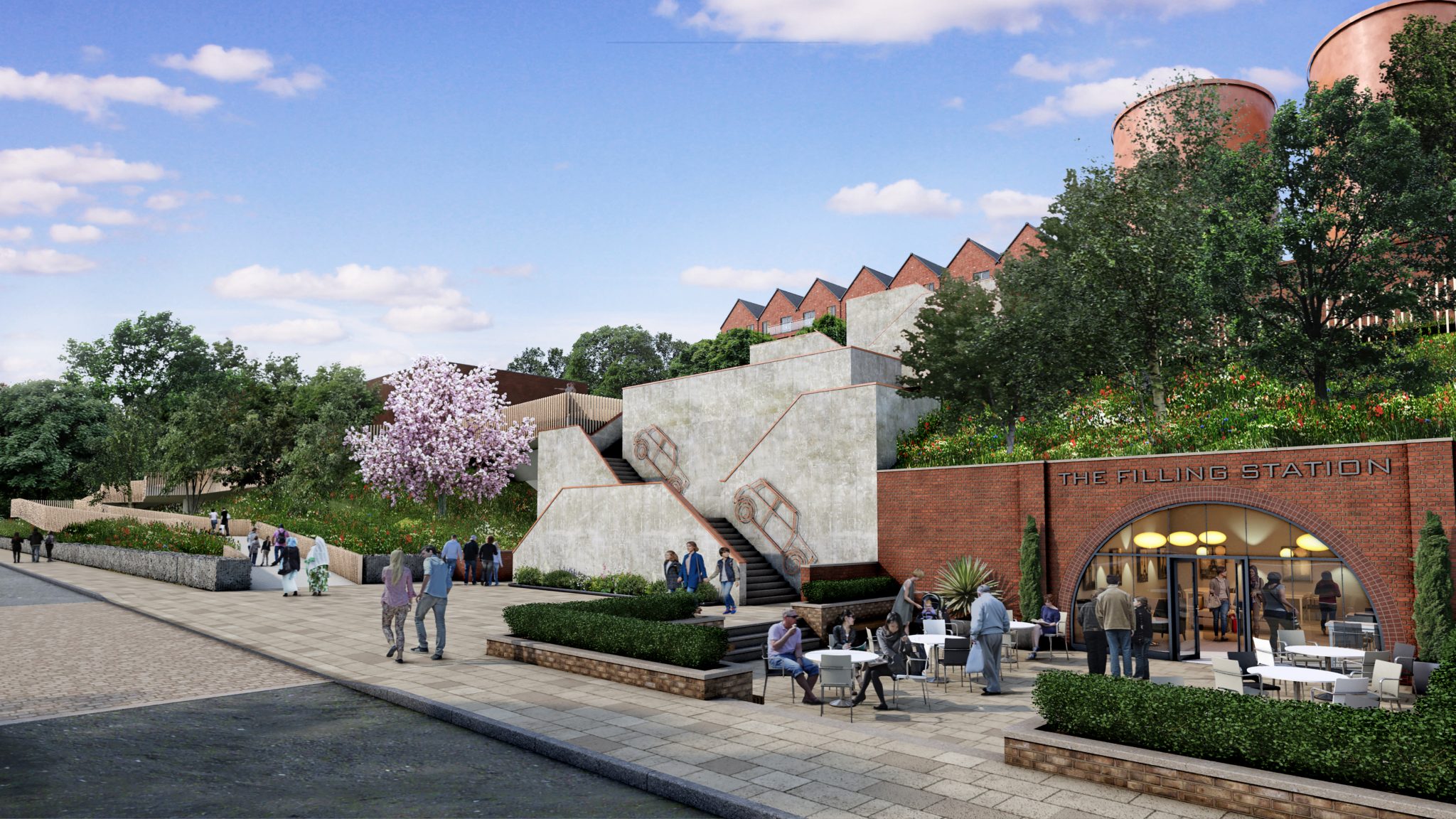
We are immensely proud of our achievements to date and excited for what the future holds, as we continue to create a legacy of prosperity and community inspired by the rich history of this extraordinary place.
